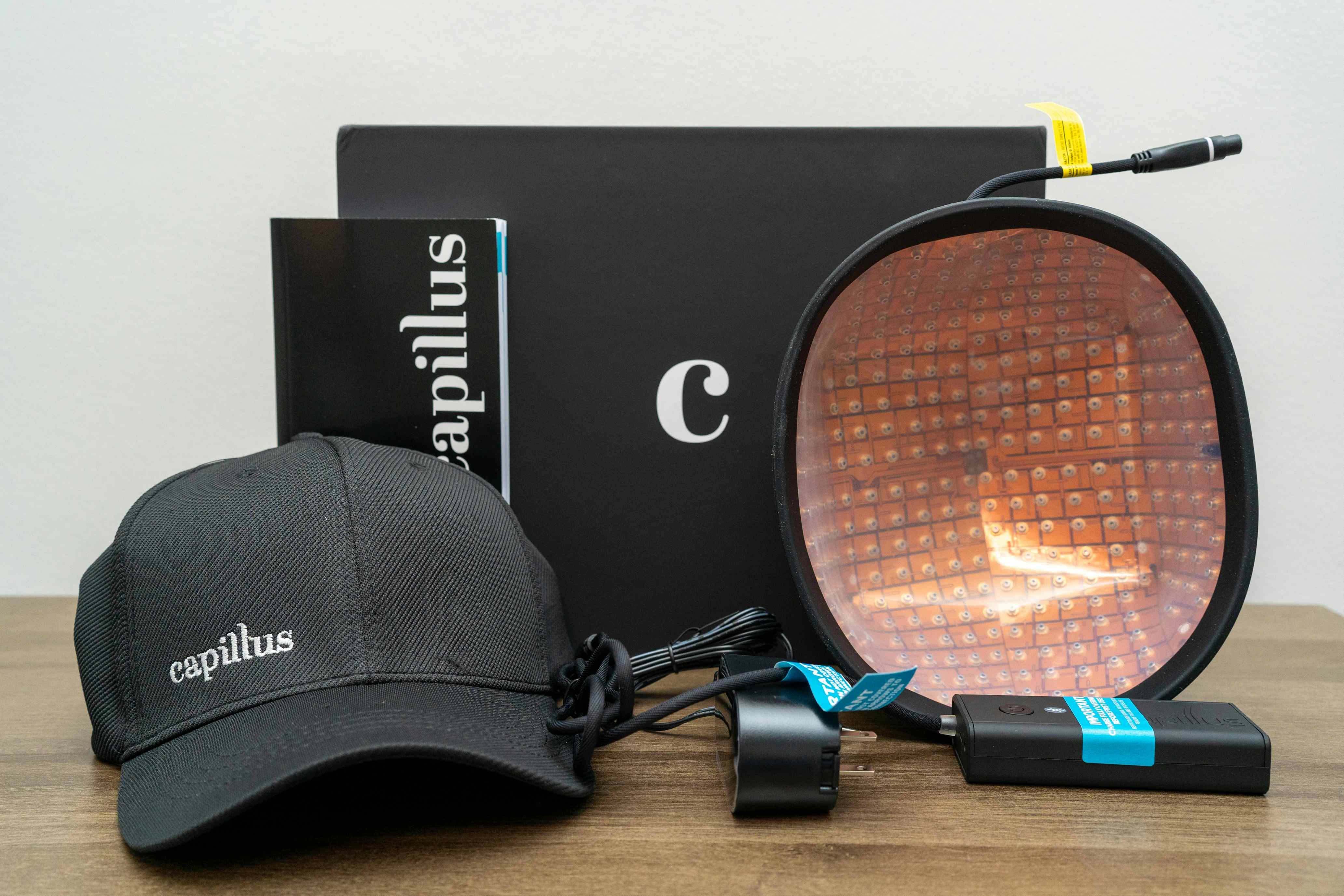
Could a “Glowy Hat” Really Tame Your Next Headache?
Most people don’t realize that headaches, especially those gnawing ones that won’t leave you alone, don’t always need another pill. I sure didn’t … until I stumbled across this wild little gadget: the red light therapy cap. It looks like something out of a sci-fi movie—a cap lined with tiny lights, promising relief without any of the “medication fog.” I’ll be straight with you: I was pretty skeptical at first. But if you’re like me (wary of gimmicks but desperate to feel better), you might find something here that just clicks.
So—let’s skip the technical “what is…” intro. You’re here for the good stuff. We’ll get into how these caps work, which ones actually help, and share a few real stories from people who, honestly, just wanted their lives back. Along the way, I’ll point out how the Best red light therapy cap for headaches amazon and the Red light therapy cap for hair growth can help (yep, some caps do both!). Ready? Let’s dig in.
Why Red Light at All?
What’s Happening in Your Head (and Why Red Light Helps)
You ever wonder what’s actually going on inside your skull during a headache? Turns out, it’s not just a random pain—it’s a full-on drama with blood flow, nerves, and sometimes inflammation acting up like villains. Classic migraine stuff, right? Scientists have found that certain wavelengths of red and near-infrared light (think: 660nm and 850nm, but no need to memorize that) can sneak through your scalp—reaching deep enough to energize your brain cells and gently dial down that drama.
The whole process is called “photobiomodulation,” which is a mouthful. But the gist: those tiny lights boost cell energy (they literally make more ATP, aka cell fuel), improve blood flow, and reduce inflammation according to migraine relief research. Not only that, but they can also help balance your serotonin levels and modulate pain pathways based on clinical studies summarized here. In plain language: red light helps “reset” your brain, so those headaches lose their bite.
Wait, Do We Actually Know This Works, Or Is This Wishful?
Honest answer? Science says yes … and also, “let’s keep learning.” Small studies have shown folks with stubborn sinus headaches or chronic migraines got real, lasting relief after several weeks of red light therapy sessions according to migraine research reviews. Even a 2018 study found that red light reduced both headache pain and how often people reached for their meds—another small win for anyone who is tired of living by the clock, waiting for their next dose to kick in.
Personal Touch: My Own “Wait, This Works?” Moment
Full disclosure, I dragged my feet before trying one of these caps. My partner got it for his post-concussion headaches, and I was a little jealous when his daily ice pack routine melted away after a couple of weeks. I tried it one evening—ten minutes, warm little lights—while reading emails. Not a magical cure on day one, but after a week? My “two Advil a day” habit faded. Honestly, I was floored.
The Best Caps for Headaches—What’s Out There?
How Do You Pick “The Best” Red Light Therapy Cap for Headaches?
There are so many choices, and they all kind of look the same, right? Don’t stress, though. Here’s what really matters:
- Wavelengths: Look for a cap with both red and near-infrared light (ideally something like 660nm & 850nm)—that’s what research suggests penetrates deepest and does the most healing.
- LED Count: More LEDs = more coverage. Translation: even healing (no “missed spots” leading to stubborn pain).
- Comfort: If you aren’t comfy, you won’t use it. Look for adjustable sizing or lightweight materials.
- Program Settings: Some have timers, intensity levels, or “pulsing” modes for sensitive heads (especially if you get migraines).
- Budget: Let’s be real—some models are budget-friendly, and others are, uh … luxury. You don’t need to spend $800 for results, but buying a $40 no-name one on clearance is probably a false economy.
So, Who Wins? Let’s Compare a Few Top Choices
Budget-Friendly & Versatile: Swirise Red and Infrared Light Therapy Cap
This one’s basically a wellness swiss-army knife—540 LEDs, three different wavelengths, five settings. Folks use it for tension headaches, brain fog, post-gym recovery … even sleep issues according to consumer reviews. My friend Sophia keeps one by her desk; her migraine “spikes” have all but vanished since she switched to short, daily cap sessions.
| Feature | Swirise Cap | HigherDOSE Hat | CurrentBody Helmet |
|---|---|---|---|
| LED Count | 540 (multi-wavelength) | 120 (650nm only) | Multiple, full scalp |
| Best For | Headaches, stress, sleep | Quick daily use, travel | Hair growth + bonus headache relief |
| Ease of Use | Lightweight, adjustable | Cordless & stylish | Hands-free, connect to music |
| Price (approx.) | $299 | $449 | $800+ |
Story Time: Karen & Her Netflix Ritual
Karen, a schoolteacher and serious Netflix binge-watcher, grabs her Swirise cap every night at 9 pm. “At first, it felt silly… like wearing a bike helmet indoors,” she laughed. But after three weeks? “I realized my usual 3am stress headaches…gone. Now, it’s just part of my wind-down routine, like herbal tea but a lot more high-tech.” (And, honestly, can’t we all use a little extra help shutting off our brains lately?)
Hair Growth Perks, Too? You Bet
Let’s be honest—getting headache relief is awesome, but… if you can also boost your hair? Magic. That’s where the Red light therapy cap for hair growth links in. Models like the CurrentBody helmet (or even more budget-friendly Amazon options) are touted for thickening hair and reversing thinning, especially when headaches are tied to stress.
One Amazon favorite (think: 180 LEDs, three wavelengths, $149.99-ish) is practically lightweight enough to toss in your gym bag. I’ve read story after story of people using it during remote work calls—I mean, if you’re already on mute, no one’s judging, right? Plus, those same users noticed their hairline looking fuller after a couple of months. Win-win.
Are Red Light Caps Actually Safe? (And Are There Downsides?)
What’s the Catch? Will My Brain Melt?!
I get this question a lot—and I think it’s good to be a little cautious! The truth? For most folks, red light caps are super safe. There’s no heat, no zapping, no “buzzing,” and nothing invasive. Devices like those from Swirise, HigherDOSE, and Fringe use low-level energy, and you can always start slow (say, 10-20 minutes, three to five days per week).
Still, if you’re prone to extra-sensitive skin, take note—some folks get mild scalp irritation (rare, but possible), especially if you crank the intensity too hard right out of the gate as explained in this overview of RLT cap side effects. And if you have epilepsy, any implanted devices, or a skin condition, definitely check with your doc first. (Standard “don’t sue me” advice, but it matters!)
Quick Pro Tips:
- Start with lower brightness if you’re worried—most caps have a pulse mode for extra-sensitive folks.
- Keep sessions to under 30 minutes at first. Build up to daily use if you feel good.
- Always follow your device’s guide. If it says 4x/week, don’t use it 4x a day… even if you’re eager for results.
Could These Little Lights Help Your Mood, Too?
Weirdly, yes! Early research on red and near-infrared light therapy shows improved mood, clearer thinking, and even better sleep for people with chronic tension headaches based on cognitive benefit studies. One of my neighbors, Dave, who’s always juggling way too many work projects, started using a red light head cap after struggling with “brain fog” and irritability. He now swears he feels sharper—and his wife says he snores less, for what it’s worth.
Integrating Red Light Caps Into Your Life (Without Feeling Like a Lab Rat)
Do You Need a Fancy Routine? Or Can You Wing It?
You don’t have to go full “biohacker” here. Just slip on your cap while you’re watching TV, reading, or even sorting emails. Some people keep theirs near their couch or bedside table—that “set it and forget it” vibe really makes a difference in building the habit.
As you play around, you might discover subtle things, too: less eye fatigue, easier sleep, sharper mornings. I definitely didn’t notice these all at once… it sort of sneaks up on you, like suddenly realizing your headaches are fewer and farther apart.
Mental Trick: Associate It With Something Fun
Alexa, set a “red light cap” timer for 15 minutes when the new episode drops. Done! It’s no more weird than a face mask night—or your buddy’s Tuesday sheet mask selfie.
Don’t Forget the Hair Side (If That’s Your Thing)
Maybe what brought you here was headaches… but over time, you might notice your hair’s feeling a little thicker or shinier. If that’s you, it’s worth reading more on the Red light therapy cap for hair growth—there’s plenty of crossover, so you get both brain and beauty benefits.
Wrapping It Up: Light At The End of the Tunnel (Or… Your Head?)
If you’ve been stuck in the cycle of medicine, ice packs, weird home remedies (looking at you, peppermint oil on the temples), maybe it’s time for something new. The best red light therapy cap for headaches is more than science—it’s real people’s relief, gentle light soothing pain away, quietly working in the background while you get on with your day.
You don’t need to overthink it. Pick a cap that feels right (Swirise for a budget-power combo? Go for it. Prefer a little style on the commute? HigherDOSE is worth a look.) Start slow and let yourself notice the changes—fewer headaches, less tension, maybe even happier hair.
And if you want an easy start, see what’s new at Best red light therapy cap for headaches amazon or read up more on all things Red light therapy cap for hair growth. Maybe the next best therapy isn’t “out there”—it’s just waiting for you, in a little box by the door.
Whatever you try, keep listening to your own body. And if you do give a red light cap a whirl, let me know—nothing beats learning from friends (even internet ones!). Here’s to lighting up your life, one gentle session at a time.

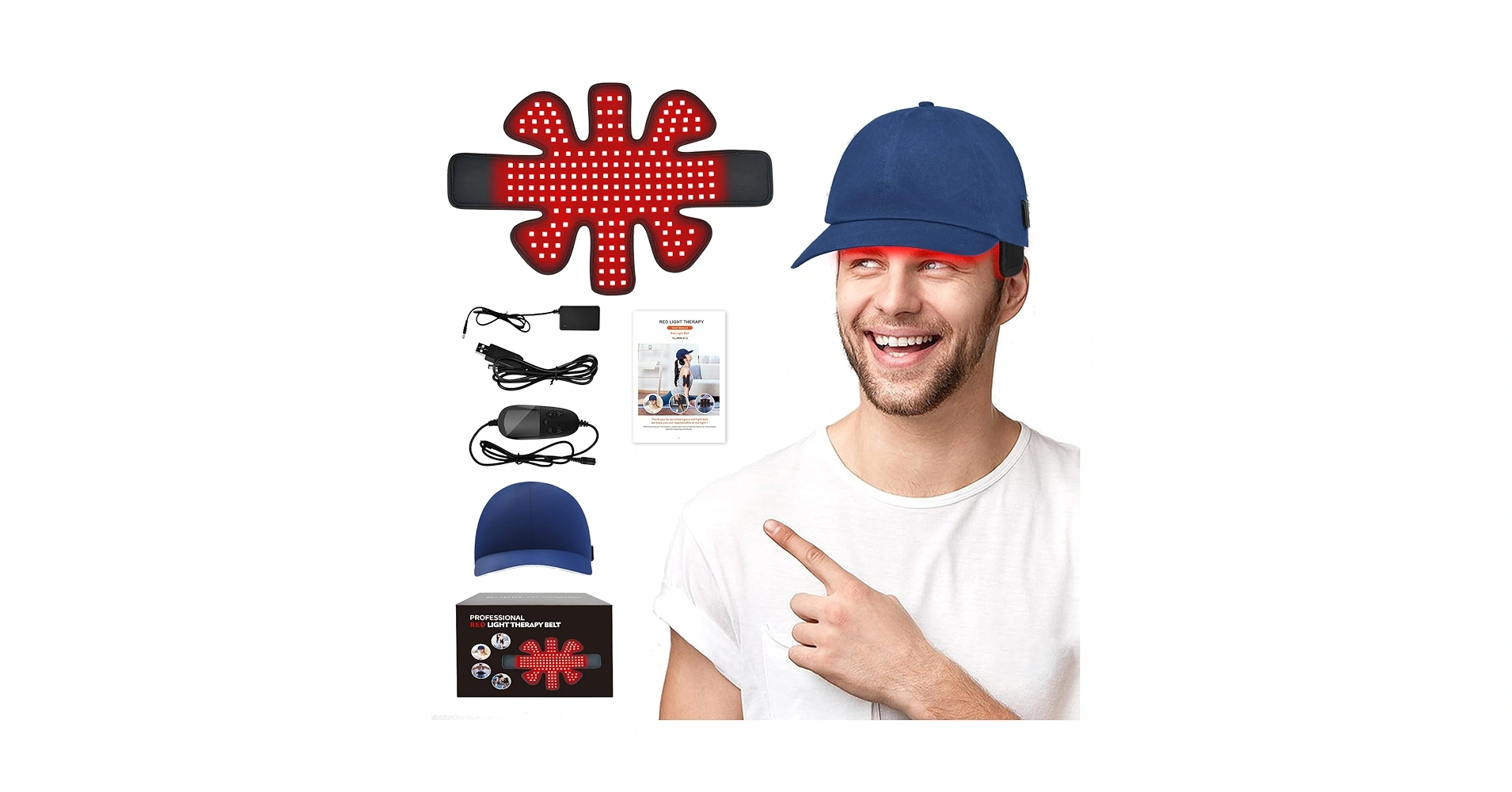


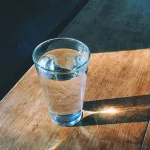

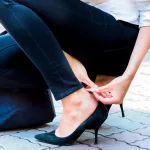

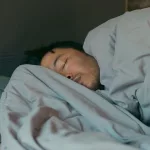



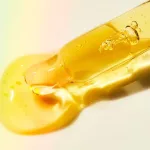


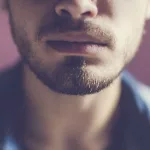
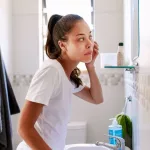
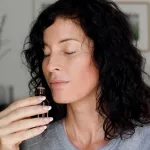
Leave a Reply
You must be logged in to post a comment.